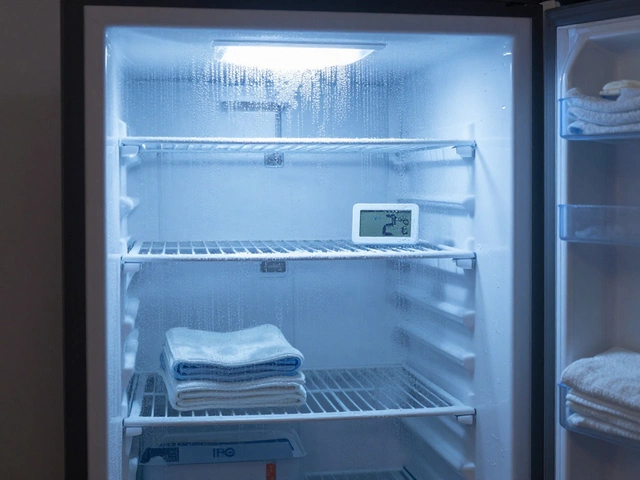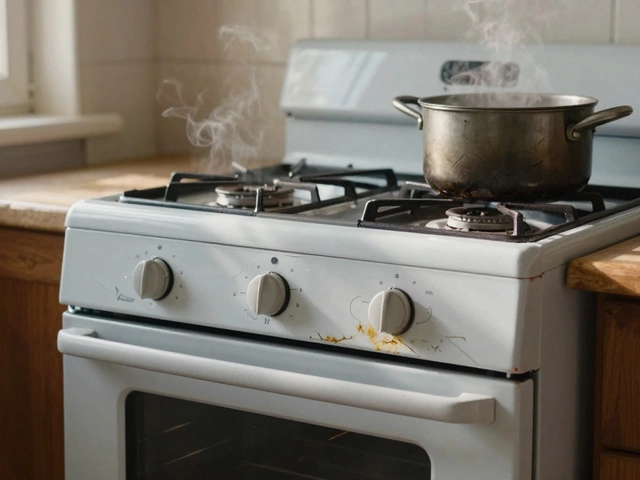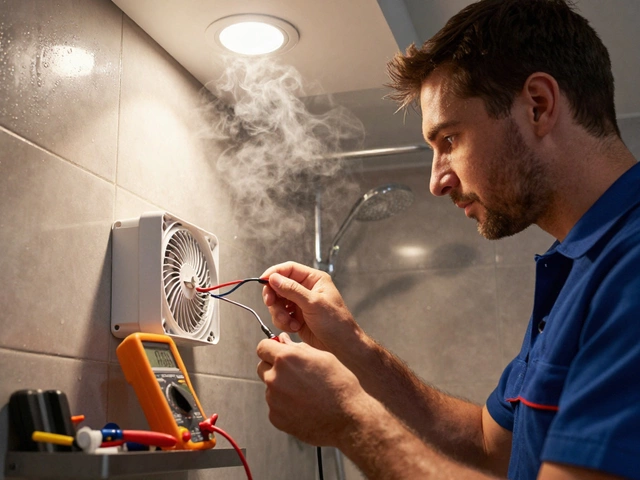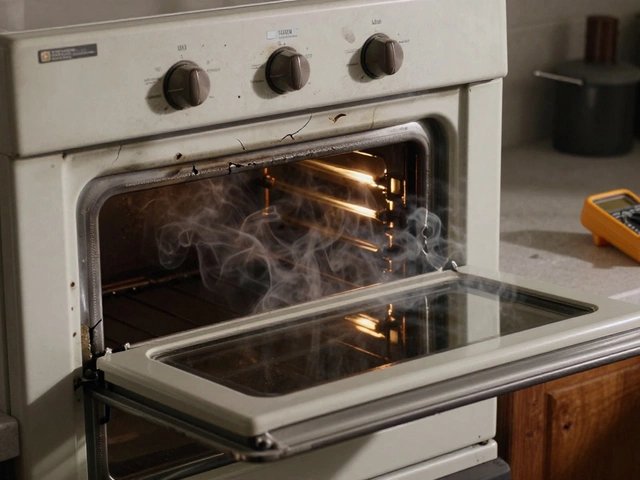Extractor Fan Troubleshooting: Fast Fixes for Everyday Problems
If your kitchen or bathroom fan has gone silent, is making a whine, or leaks water, you’re probably wondering what went wrong. The good news is most issues are easy to spot and fix with a few basic tools. Below you’ll find the most common faults, how to identify them, and step‑by‑step repairs you can do yourself before calling a pro.
Common Issues and How to Spot Them
1. Fan won’t turn on. Check the switch first – a loose connection or tripped breaker is the usual culprit. If the switch works, feel the motor housing; no vibration usually means the motor isn’t getting power.
2. Loud rattling or whistling. This often means a loose blade, debris caught in the housing, or a worn bearing. Turn off the power and give the blade a gentle wiggle. If it wobbles, tighten the mounting screws and clean out any dust.
3. Weak airflow. Over time, grease and lint build up on the fan blade and the duct. Remove the cover, clean the blade with warm soapy water, and vacuum the duct as far as you can reach. A clogged filter can also choke the flow – replace it if it looks dirty.
4. Water drips from the fan. In bathrooms, condensation can collect on the housing and leak down the wall. Make sure the fan is properly sealed to the ceiling and that the vent pipe slopes upward to the outside. A broken seal or a blocked vent will cause water to back up.
5. Intermittent operation. Overheating motors may shut off automatically. Feel the motor after a few minutes of use; if it’s hot to the touch, the bearings could be worn. Replacing the motor is a bigger job – if you’re not comfortable, call a specialist.
Step‑by‑Step DIY Repairs
Safety first. Always turn off the circuit breaker before opening the fan housing. Use a screwdriver that fits to avoid stripping screws.
Step 1: Remove the cover. Most extractor fans have clips or a few screws. Gently pry off the grille and set it aside.
Step 2: Inspect the blade and motor. Look for broken blades, visible cracks, or burnt smells. Tighten any loose screws on the blade hub.
Step 3: Clean everything. Use a soft brush or a vacuum to clear dust from the blade, motor, and duct. For stubborn grime, a damp cloth works – just be sure the motor is completely dry before reassembly.
Step 4: Check the wiring. Loose wires at the motor terminals can cause the fan to stop. Re‑secure any disconnected wires with a screwdriver, making sure the terminals are tight.
Step 5: Test the fan. Restore power at the breaker and flip the switch. If the fan runs smoothly, replace the cover and you’re done. If it still stalls, the motor may need replacement – that’s when a professional like Hinckley Home Appliance Repair Services can help.
Regular maintenance keeps your fan humming quietly for years. A quick clean‑out every six months and a visual check of the duct will catch problems early. If you’re ever unsure, don’t hesitate to call a certified technician – a proper repair can save you from water damage or costly electricity bills.
17 July 2025
·
0 Comments
Extractor fan suddenly died? Find out the most common reasons, learn easy fixes, and discover when it’s time to call for extractor fan repair.
Read more






